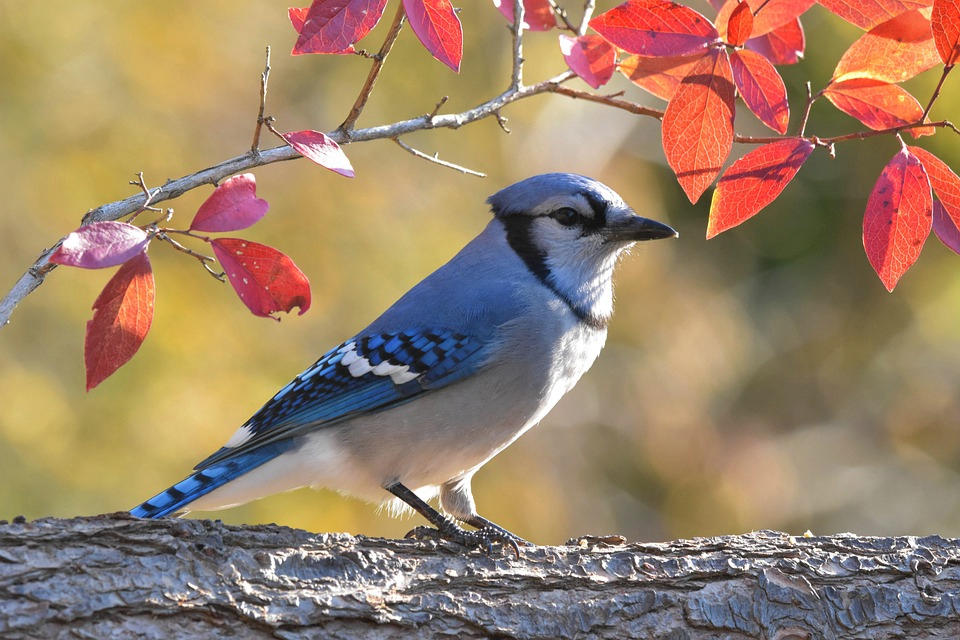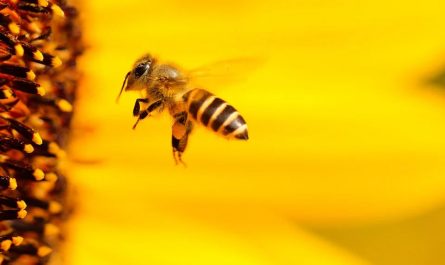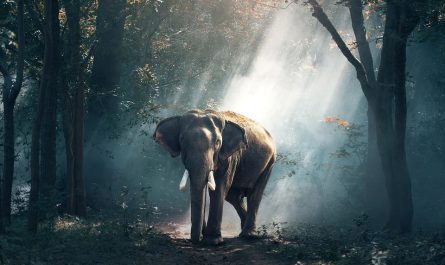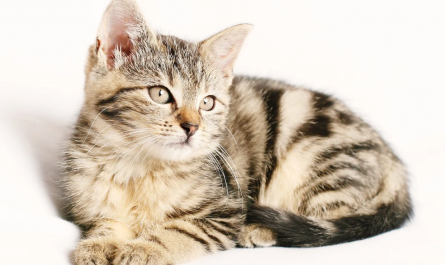While blue jays are a common bird to find in backyards, their beautiful plumage is delight to bird watchers everywhere. These colorful corvids are native to North America and mostly live in the eastern and central areas of the United States. Keep reading to learn some amazing blue jay facts!
5 Blue Jay Facts
-
- Blue jays don’t have any blue pigment. (source) Even though blue jays are known for their vibrant blue coloring, blue jays have melanin in their plumage (which is brown). We see it as blue due to a phenomenon called light scattering. It is an optical illusion that applies to all blue-colored birds including bluebirds.
-
- Blue jays are omnivores. (source) While the majority of a blue jay’s diet is vegetable matter, they do eat animals like caterpillars, grasshoppers, beetles, and other insects. They have also been known to eat small rodents and frogs.
-
- Female and male blue jays look identical. (source) Unlike many other species of birds, male and female blue jays look very similar. Male blue jays are slightly larger and may exhibit different behavior.
-
- Blue jays may imitate the sound of a hawk to alert other birds. (source) In order to alert other birds of a potential predator, blue jays are known to imitate the call of hawks like the red-shouldered hawk.
-
- Blue jays mate for life. (source) Once blue jays find a partner, they typically form a strong bond and pair for the remainder of their lives. They often exchange tokens of commitment with their partners like twigs or food.




